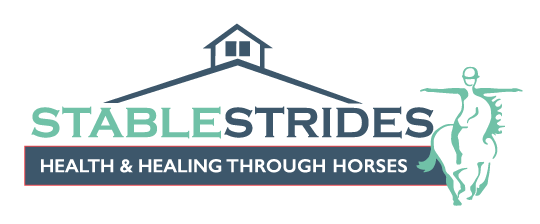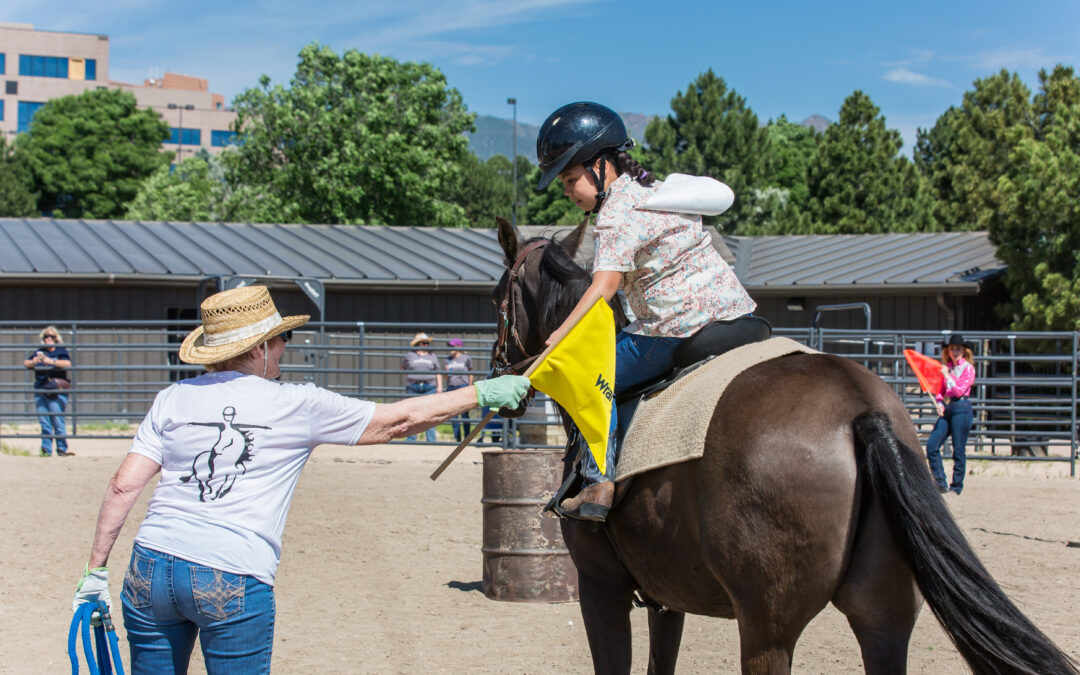It isn’t hard to tell that a Thoroughbred racehorse looks different than the Shetland pony you had growing up, or that the horses you see in competitions seem to have a lot more energy than any horse you would want your toddler riding. Horses (and ponies) come in sizes and colors so diverse perhaps only their personalities can match their uniqueness. So, what makes a good therapy horse?
Some would say the answer is as simple as beginner safe, good temperament, healthy. But the answer really isn’t that simple. Truthfully nearly any type, size or age of horse can be a good therapy horse but there are some key areas to examine before going further.
A healthy horse, sound and fit at the walk, trot and canter is essential. For any rider to learn horsemanship their horse must be up to the task of helping to teach them. After all, we don’t teach children to ride bikes with flat tires and rusty chains. Additionally, in adaptive horsemanship, a client may have a weaker side of their body, for example. A horse that is fit and symmetrical in their movement will aid their rider in building essential core and leg muscles. A horse that limps or isn’t sound will not be able to properly help their rider grow stronger.
Beginner safe is a commonly used term, but what does it mean with horses? It means a horse is patient with someone on their back learning the basics. If the rider is giving confusing signals, the horse waits patiently for the rider to give the correct cue, or even helps the rider learn. A beginner safe horse is gentle around small children, careful about where they put their feet and isn’t the type of horse who will throw their rider off in order to get some yummy grass.
Lastly, we look at temperament. Temperament encompasses everything else about a horse’s personality. Are they gentle? Are they easily startled? Are they willing to learn new things and be exposed to new “fears”, all the while helping their client to learn and grow? Do they want to work and help others?
Size, color and shape typically have little impact on a horse’s ability to be an excellent therapy horse. From big draft horses, off-the-track Thoroughbreds, retired show or ranch horses or a child’s pony needing a new job, each horse can bring something unique to the people they serve.

By April Phillips, Marketing Manager


Great article and information!
What a great explanation